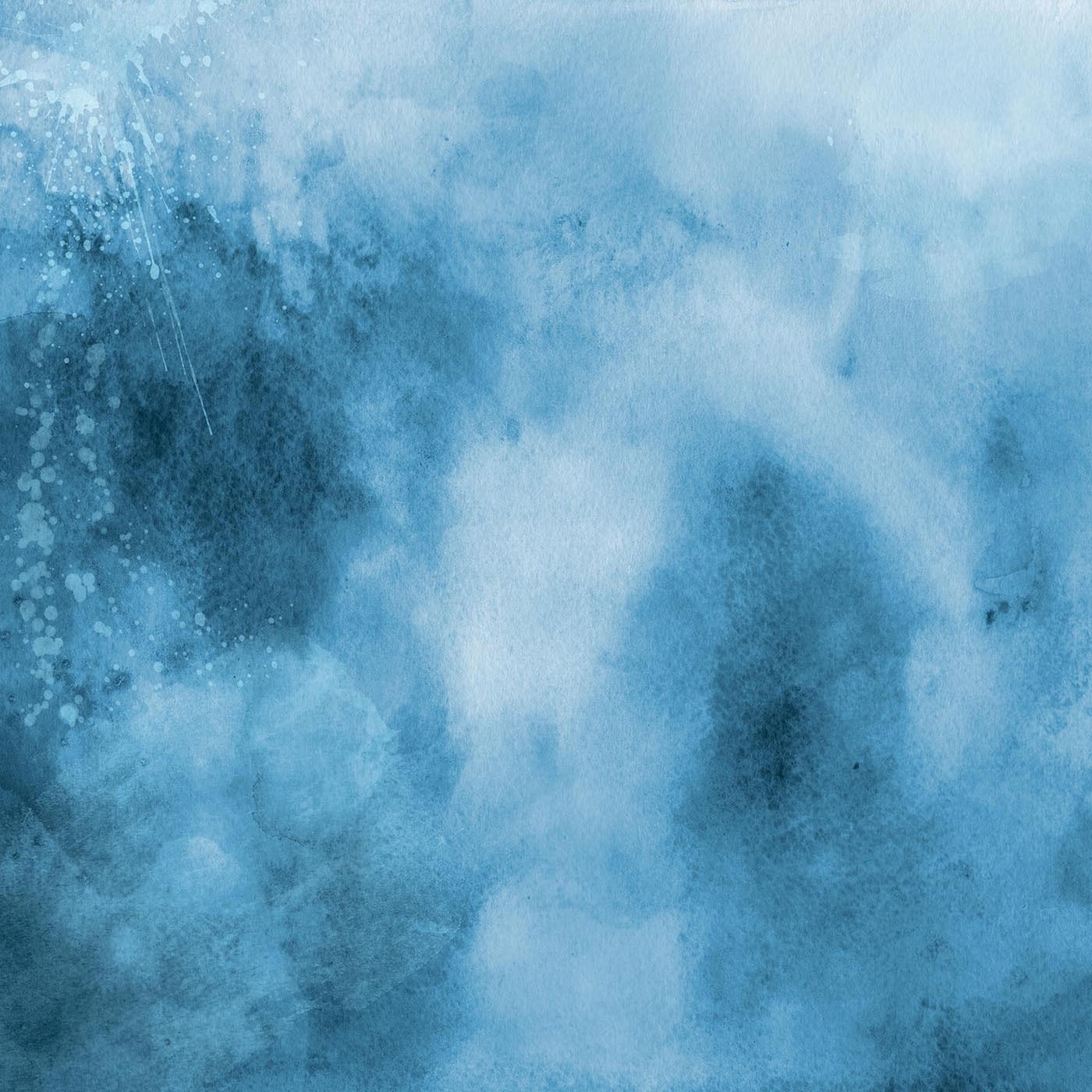Welcome to Cook Inlet!

- Brian Chase
- Fixed gillnets
- Partner since 2016
- Cook Inlet, Alaska


The salmon season in Alaska kicks off when wild salmon leave the ocean and swim upstream into the rivers. The state of Alaska closely monitors their numbers daily and adjusts fishing limits accordingly. One day, Brian and his crew might be out on the water, while the next, they have to wait—it all depends on keeping the population healthy.

The Chase family heads out in small boats on the Kasilof River to set the fixed gillnets. They know exactly when to do this to catch only sockeye salmon. A few hours later, they manually remove the fish from the standing nets.

After the catch, the salmon is immediately placed on ice and processed near the river. This ensures the fish stays as fresh as possible, maintaining the highest quality!


Where the wild nature and the salmon season call them. Together with his parents, who also help with the fishing, he lives in Kasilof during these months. But when the cold sets in, the family moves to sunny Florida to escape the harsh Alaskan winter.

Wild salmon is an anadromous fish, meaning it swims upstream from the ocean into rivers to lay its eggs—a true powerhouse! To build up enough energy for this tough journey, the salmon feeds on plankton and shrimp. And that exact diet is what gives its flesh that beautiful, deep red color.
Our salmon is traditionally cold-smoked using beechwood smoke, giving it that irresistible, subtle smoky flavor. Want to see the whole process? Check out the video on our fishery page and follow the salmon’s journey from ocean to plate!
Atlantic salmon and Sockeye salmon are two completely different species, each with its own unique characteristics and flavor.
Atlantic salmon This type of salmon originally comes from European waters but is now almost always farmed. Our Atlantic salmon comes from a special farm in Kvarøy, Norway. It has a beautiful pink/orange color, a soft and slightly fattier texture, and a mild, creamy flavor. Due to its higher fat content, Atlantic salmon contains a bit less protein but offers more flavor.
Sockeye salmon Our Sockeye salmon is wild-caught in Alaska during the annual salmon fishing season in the summer. This salmon has a deep orange/red color, firm flesh, and a drier texture. Its flavor is intense and bold, making it a true favorite among connoisseurs who love pure, wild salmon.
Unlike farmed Atlantic salmon, wild Sockeye salmon swims freely in the wild. This means it works harder for its meals and has a much more varied diet. As a result, Sockeye salmon is lower in fat than Atlantic salmon, but it has a higher concentration of healthy omega-3 fatty acids, along with a significant dose of vitamins and minerals like iron, vitamin B12, and vitamin E.
















